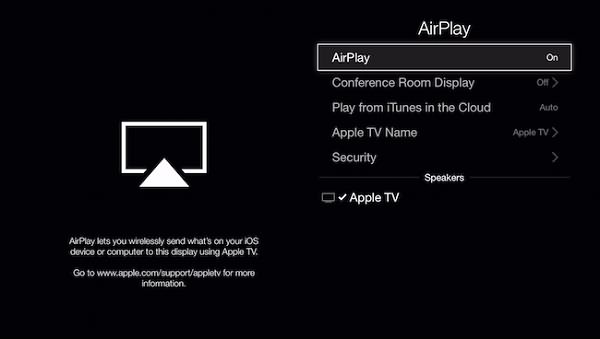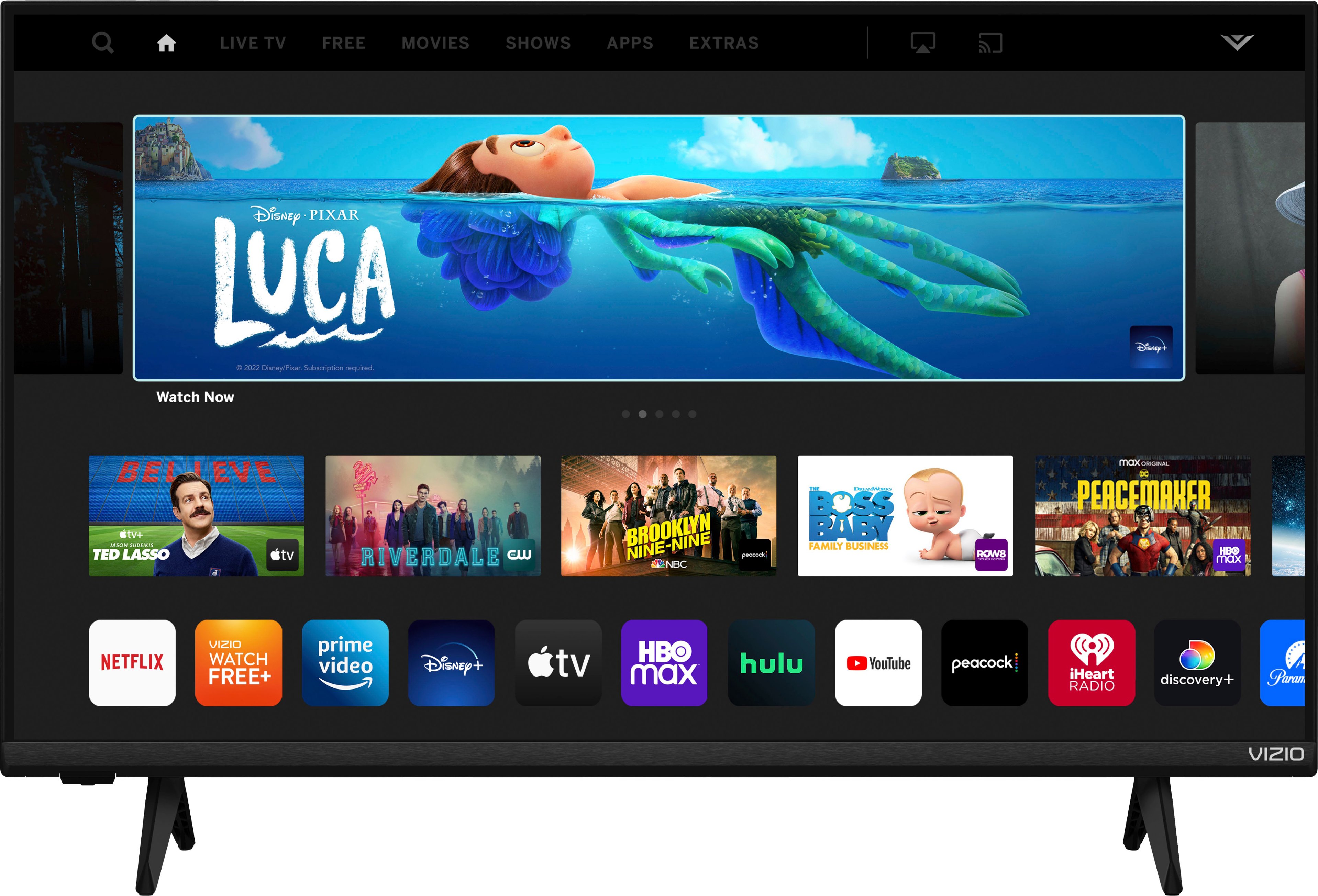AirPlay is a convenient feature that allows users to stream content from their Apple devices, such as iPhones, iPads, and Macs, to compatible devices like Apple TVs or smart TVs. However, there may be instances where AirPlay does not show up on a Mac, preventing users from enjoying this seamless streaming experience. In this article, we will explore some possible reasons why AirPlay may not be appearing on your Mac and provide troubleshooting steps to resolve the issue.
Firstly, it is essential to ensure that all your AirPlay-compatible devices are turned on and in close proximity to each other. This will help establish a stable connection between your Mac and the receiving device. Additionally, make sure that both devices are updated to the latest software versions. Outdated software can often cause compatibility issues and hinder AirPlay functionality.
To begin troubleshooting, restart both your Mac and the device you want to use with AirPlay. This simple step can resolve many temporary glitches and refresh the connection between the devices. Once both devices are back online, check if AirPlay appears in the menu options.
If AirPlay still does not show up, it may be necessary to set up your Mac as an AirPlay receiver. To do this, navigate to the Apple menu and select “System Preferences.” In the System Preferences window, click on “General” in the sidebar, and then choose “AirDrop & Handoff” on the right. Here, you will find the option to turn on AirPlay Receiver.
Next, click the pop-up menu next to “Allow AirPlay for” and select who can use AirPlay to stream content to your Mac. You can choose from options like “Everyone” or restrict it to specific individuals. Ensure that the correct option is selected to enable AirPlay functionality.
Another critical factor to consider is the Wi-Fi network. Both the AirPlay source device, such as an iPad or iPhone, and the receiver (Apple TV, Mac, or smart TV) need to be connected to the same Wi-Fi network for AirPlay to work seamlessly. If the devices are connected to different networks, AirPlay will not appear on your Mac. Check the Wi-Fi settings on all devices involved and ensure they are on the same network.
If the Wi-Fi networks match up, but AirPlay is still not showing on your Mac, try resetting your network settings. This can be done by going to “System Preferences” and selecting “Network.” From there, click on the Wi-Fi connection and choose the minus (-) sign to remove it. Then, click on the plus (+) sign to add the Wi-Fi connection again. This may help refresh the network settings and resolve any connectivity issues.
In some cases, the firewall settings on your Mac may be blocking AirPlay. To check this, go to “System Preferences” and click on “Security & Privacy.” In the “Firewall” tab, ensure that the firewall is turned off or that AirPlay is allowed through the firewall. Adjust the settings accordingly and check if AirPlay now appears on your Mac.
Furthermore, it is worth mentioning that AirPlay compatibility can vary depending on the age and model of your Mac. Older Macs may not support AirPlay or may require additional software updates to enable this feature. Refer to the Apple Support website or consult the user manual of your specific Mac model for more information on AirPlay compatibility.
If AirPlay is not showing up on your Mac, there are several troubleshooting steps you can take to resolve the issue. Ensure that all devices are turned on, updated to the latest software, and connected to the same Wi-Fi network. Restart the devices, set up your Mac as an AirPlay receiver, and check firewall and network settings. If all else fails, consider contacting Apple Support or seeking assistance from a professional to diagnose and fix the problem.

Why Is My AirPlay Device Not Showing Up On My Mac?
There could be several reasons why your AirPlay device is not showing up on your Mac. Here are some possible causes and solutions:
1. Check device compatibility: Ensure that your AirPlay device is compatible with your Mac. Some older devices may not support AirPlay or may require a software update to be compatible.
2. Update software: Make sure that both your Mac and AirPlay device are running the latest software versions. Outdated software can cause compatibility issues. Update your Mac by going to the Apple menu > System Preferences > Software Update. Check for updates on your AirPlay device as well.
3. Verify Wi-Fi connection: Ensure that both your Mac and AirPlay device are connected to the same Wi-Fi network. If they are on different networks, they won’t be able to communicate with each other. You can check your Wi-Fi network settings on your Mac by going to the Apple menu > System Preferences > Network.
4. Restart devices: Sometimes, a simple restart can resolve connectivity issues. Turn off both your Mac and AirPlay device, wait for a few seconds, and then turn them back on. This can help refresh the network connections and resolve any temporary glitches.
5. Check AirPlay settings: On your Mac, go to System Preferences > Displays > AirPlay Display. Make sure that the “Show mirroring options in the menu bar when available” option is checked. This will allow you to easily access AirPlay options from the menu bar.
6. Firewall and security software: If you have a firewall or security software enabled on your Mac, it could be blocking the AirPlay connection. Temporarily disable any firewall or security software and check if your AirPlay device shows up. If it does, you may need to adjust the settings of your security software to allow AirPlay connections.
7. Reset network settings: If none of the above solutions work, you can try resetting the network settings on your Mac. Go to System Preferences > Network > Wi-Fi, and click on the minus (-) button to remove your Wi-Fi network. Then, click on the plus (+) button to add it back and reconnect to your Wi-Fi network.
If you have tried all these steps and your AirPlay device is still not showing up on your Mac, you may need to contact Apple Support for further assistance.
How Do I Get AirPlay To Show On My Mac?
To set up your Mac as an AirPlay receiver, follow these steps:
1. Open the Apple menu by clicking on the Apple logo in the top-left corner of your screen.
2. From the dropdown menu, select “System Preferences” to open the System Preferences window.
3. In the System Preferences window, click on the “General” icon. It is represented by a blue circle with a white gear inside.
4. Once you are in the General settings, look for the “AirDrop & Handoff” option in the sidebar on the left-hand side of the window and click on it.
5. In the AirDrop & Handoff settings, you will see an option called “Allow Handoff between this Mac and your iCloud devices.” Below that, you will find a checkbox labeled “Allow AirPlay for” with a pop-up menu next to it.
6. Click on the pop-up menu next to “Allow AirPlay for” to open a dropdown list. From this list, you can choose whose devices can use AirPlay to stream content to your Mac.
7. The dropdown list will show you options like “Everyone,” “Contacts Only,” or specific individuals from your contacts. Choose the option that suits your preferences.
8. Once you have selected the desired option, close the System Preferences window by clicking the red “x” button at the top left corner of the window.
By following these steps, you have successfully set up your Mac as an AirPlay receiver. Now you can use AirPlay to stream content from other Apple devices to your Mac.
Why Is Apple AirPlay Not Available?
There could be several reasons why Apple AirPlay may not be available. Here are some possible explanations:
1. Incompatible devices: AirPlay requires specific hardware and software compatibility. Make sure that both the source device (like an iPad) and the receiver (such as an Apple TV, Mac, or smart TV) are AirPlay-compatible. Older devices may not support AirPlay.
2. Different Wi-Fi networks: AirPlay requires both the source device and the receiver to be connected to the same Wi-Fi network. If they are connected to different networks, AirPlay will not work. Check the Wi-Fi settings on both devices and ensure they are connected to the same network.
3. Weak Wi-Fi signal: AirPlay may not work properly if there is a weak Wi-Fi signal. Check the signal strength on both devices and try moving closer to the Wi-Fi router or access point to improve the connection.
4. Firewall or network restrictions: Some networks or devices may have firewall or network restrictions that block AirPlay. Check the network settings and make sure that AirPlay is allowed. You may need to consult your network administrator or adjust the settings accordingly.
5. Software or firmware issues: Ensure that both the source device and the receiver have the latest software or firmware updates installed. Outdated software or firmware can cause compatibility issues and prevent AirPlay from working.
6. AirPlay settings: Double-check the AirPlay settings on the receiver device. Make sure that AirPlay is enabled and configured correctly. Restarting the receiver device or resetting its settings may also help resolve any issues.
7. Other conflicting apps or devices: Sometimes, other apps or devices may interfere with AirPlay functionality. Close any unnecessary apps running in the background and disconnect any other devices that may be using AirPlay simultaneously.
By considering these possible reasons and troubleshooting steps, you should be able to determine why Apple AirPlay is not available and take appropriate actions to resolve the issue.
Where Is AirPlay On Monterey?
On Monterey, the AirPlay feature can be found in the Control Center. To access the Control Center, click on the Control Center icon in the menu bar. It looks like a series of small rectangles or a square with various icons inside.
Once you click on the Control Center icon, a dropdown menu will appear. Look for the Screen Mirroring option. It is represented by an icon that looks like a rectangle with a triangle at the bottom. Click on it.
After clicking on Screen Mirroring, a list of available devices will be displayed. Look for your Apple TV or the name of your smart TV in the list. Click on it to select it as the target device for AirPlay.
Once you have selected the TV, your Mac’s display will be mirrored on the TV. You should now be able to see whatever is on your Mac’s screen on the TV.
If you encounter any issues or if your TV is not showing up in the list of available devices, make sure that your Mac and the TV are connected to the same Wi-Fi network. Also, ensure that AirPlay is enabled on your TV.
In summary, to find AirPlay on Monterey, simply click on the Control Center icon in the menu bar, select Screen Mirroring, choose your Apple TV or smart TV from the list of available devices, and enjoy mirroring your Mac’s screen on the TV.
Conclusion
Mac computers offer a seamless and convenient experience when it comes to AirPlay and screen mirroring. By ensuring that your AirPlay-compatible devices are turned on and in close proximity, updated with the latest software, and connected to the same Wi-Fi network, you can easily set up and enjoy the benefits of AirPlay on your Mac.
To set up your Mac as an AirPlay receiver, navigate to the System Settings, click on General, and then select AirDrop & Handoff. From there, turn on AirPlay Receiver and choose the devices that are allowed to use AirPlay to stream content to your Mac.
It is important to check that the Wi-Fi networks of both the AirPlay source device and the receiver match up. This means that both your Mac and your smart TV or Apple TV should be connected to the same Wi-Fi network for AirPlay to work seamlessly.
Once everything is set up correctly, you can easily AirPlay from your MacBook running Big Sur, Monterey, or Ventura to your TV. Simply click the Control Center icon in the menu bar, select Screen Mirroring, and choose either your Apple TV or the name of your smart TV. Your Mac’s display will then be mirrored on the TV, allowing you to enjoy your content on a larger screen.
Mac computers provide a user-friendly and efficient way to utilize AirPlay and screen mirroring, making it easy to enjoy your favorite content on a bigger screen with just a few simple steps.








